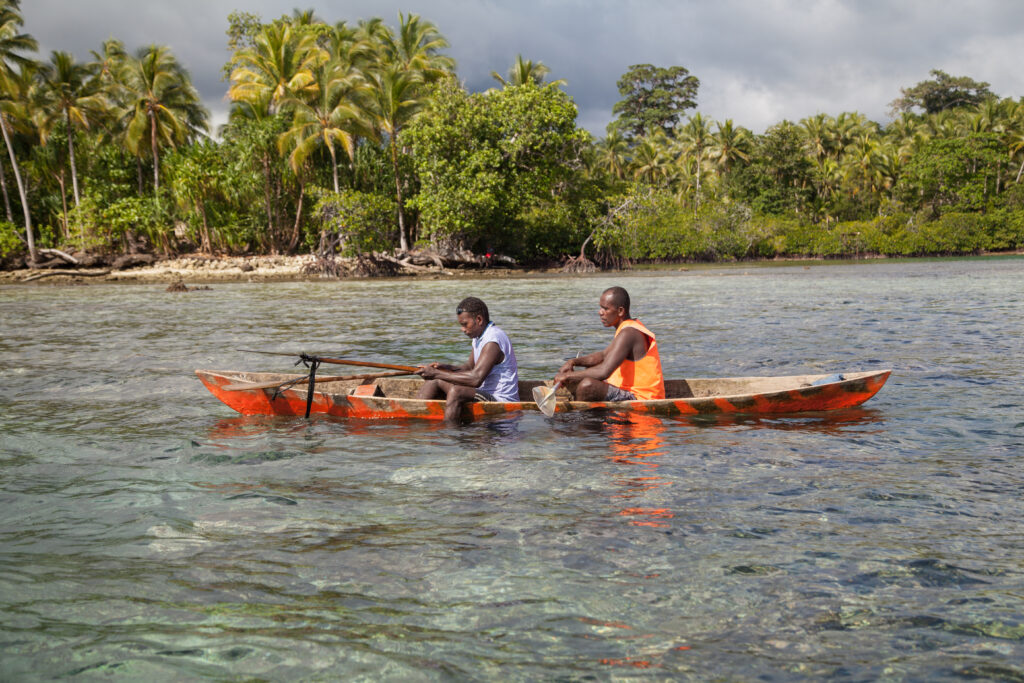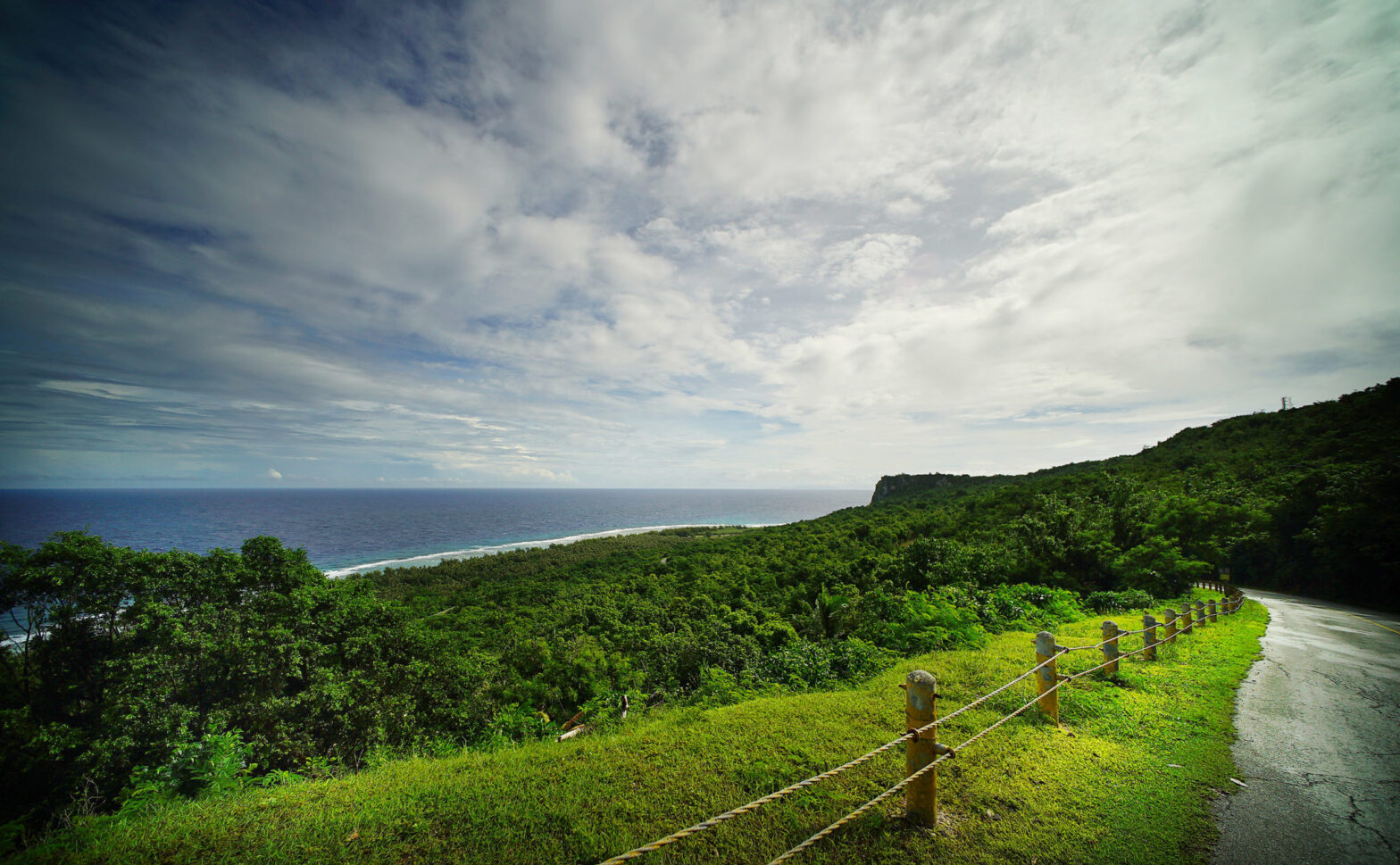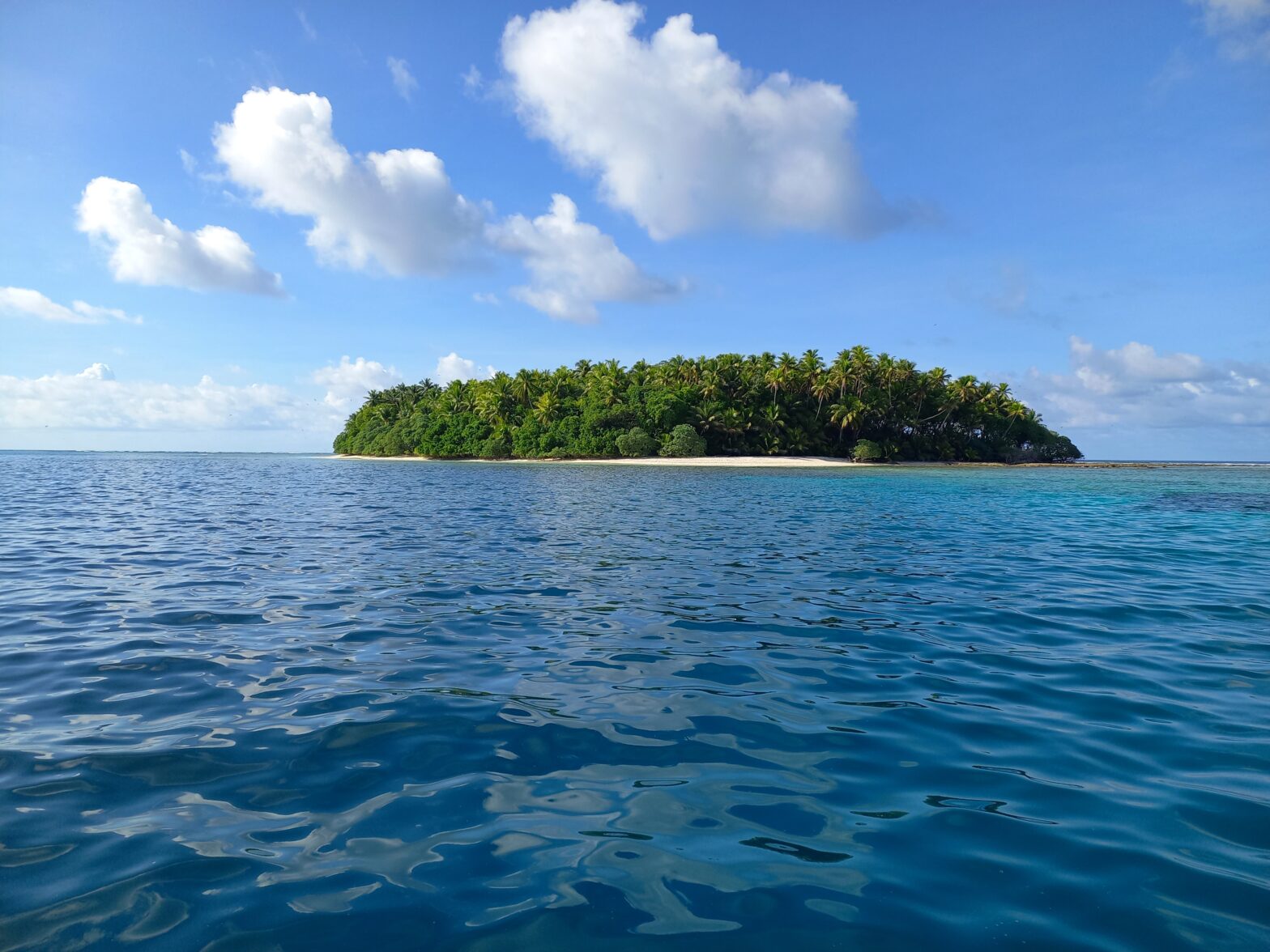Climate change, invasive species and military expansion have formed an unholy trinity that threatens our small but ancient civilization on the island of Guam, writes Julian Aguon
For about as long as I’ve been alive, there have been no sihek on the island of Guam.
The sihek, or the Guam kingfisher, is a beautiful blue-gold songbird that’s been extirpated in the wild since the 1980s. Like most of Guam’s native birds – 10 out of 12 native species – the sihek rapidly declined after the introduction of the invasive brown tree snake brought to the island after the second world war as a stowaway on military ships.
It is hard to articulate the trauma that is the absence of birdsong.
It’s even harder to describe the feeling that accompanied the recent announcement by the US Fish and Wildlife Service of its proposal to release some of the roughly 140 sihek now being bred in captivity in zoos across the country, not in Guam, but on Palmyra Atoll instead.
Palmyra Atoll is a set of remote islands roughly 1,000 miles (1.609km) south of Hawaii, and over 3,500 miles east of Guam. Palmyra has no permanent human population and is administered by the service alongside other third parties, including the Nature Conservancy. The theory is that because there are no brown tree snakes on Palmyra, the birds will have a fighting chance. On one hand, the people of Guam are elated that the sihek may soon fly free. On the other, we’re grief-stricken because Palmyra is not the bird’s home. Its home is Guam. Its home is here with us.
While the federal government’s laudable hope is that the successful release of the sihek in Palmyra will pave the way for their eventual repatriation in Guam, we have our doubts. First, the government has made precious little progress in eradicating the brown tree snake population in Guam. Incredibly, what counts as the most successful suppression protocol to date is dropping dead mice (which have been laced with acetaminophen) from the sky. Second, the US notoriously underestimates climate change as a determining factor in this equation.
Although more empirical studies linking climate change and invasive species at the landscape level are needed, it is clear that climate change facilitates the spread of invasive species and creates new opportunities for them to become more invasive. Certain extreme weather events such as tropical cyclones, which are predicted to intensify in coming years, will only exacerbate the matter.
Guam is incredibly vulnerable. Our coral reefs are under severe stress, as the ocean grows warmer and more acidic. In fact, bleaching caused by rising sea surface temperatures has killed a third of our reefs. Our freshwater supplies are likewise at risk, not only from drought and increased demand but also from saltwater intrusion due to sea level rise – which is happening faster in this part of the world than in others.
The island is on path to becoming even hotter, with the number of hot days (over 32C) expected to increase to 257 days out of the year. Conversely, the number of cool nights (below 23C) is expected to decrease (from an average of 40 a year in 1950) to an average of zero a year.
If climate change is the god of death, it is a merciless one and it is coming for everything, even the cool respite of night.
Then again, in Guam, the god of death is being outdone by the god of war.
As I write this, the US military – in the name of national security and as part of its broader strategy of containing China’s rising influence in the region – is dramatically expanding its footprint on the island. As part of that expansion, it is constructing a firing range complex on the northern end of the island, which involves the destruction of hundreds of acres of limestone forest. The razing of these forests will endanger not only the sihek but other species as well, including the Marianas crow, the Marianas fruit bat and the Marianas eight-spot butterfly.
And that’s only on land.
At sea, the military is moving forward with plans to engage in nine types of advanced warfare activities over an area of 501,873 square nautical miles (1.7m square kilometres) – a surface size equivalent to California, Oregon, Washington, New York and New Jersey combined. These activities – which will include the use of explosives and active sonar – pose a serious threat to sea turtles and several species of dolphins and whales.
The navy has secured permission to “take” – that is, to injure or otherwise disturb a marine mammal in the wild – 29,000 whales and 37,000 dolphins each year. To take but one example, the navy has been authorized to “take” up to 150 humpback whale mother-calf pairs a year: that is, 75 mothers and 75 calves.
This is despite there being a well-known nursery in the waters off of Saipan, an island just north of Guam, where humpback whale calves are reared during this sensitive stage of life.
So, you see, it is not only birdsong being lost but now whale song too.
When I was asked to write a reflection on what I’m most worried about losing in the face of climate change, I hesitated. Sometimes, it’s hard to face the truth.
The truth is we’ve lost so much already. The truth is we’re buckling beneath the pressure of three threats at once: climate change, invasive species and military expansion. The truth is that the three have formed an unholy trinity that now threatens to smash our small but ancient civilization and thereby rob the world of the gift of our difference.
Of course, we’re not taking any of this lying down. Like other Indigenous communities around the world, we’re resisting. We’re telling the truth. We’re fighting for a different future.
A future where birds fly free. A future where whale calves have no trouble hearing their moms. A future full of song.
This opinion was written by Julian Aguon (author of No Country for Eight-Spot Butterflies and a finalist for the 2022 Pulitzer Prize for commentary), originally published at The Guardian on 31 October 2022, reposted via PACNEWS.



